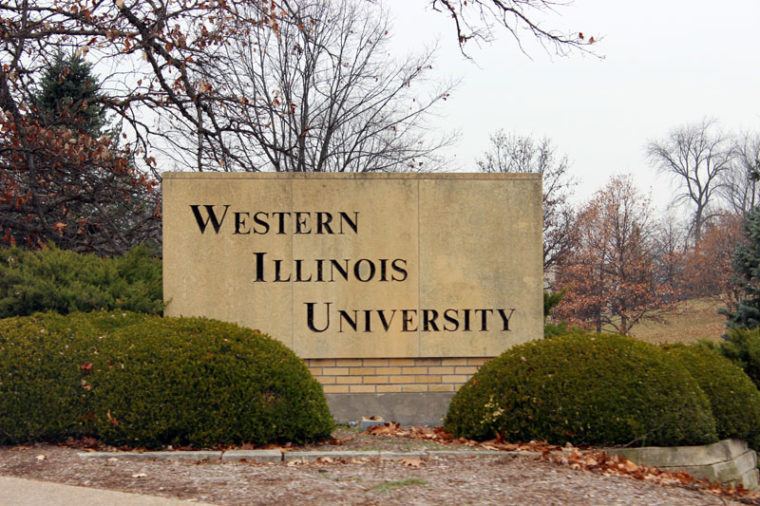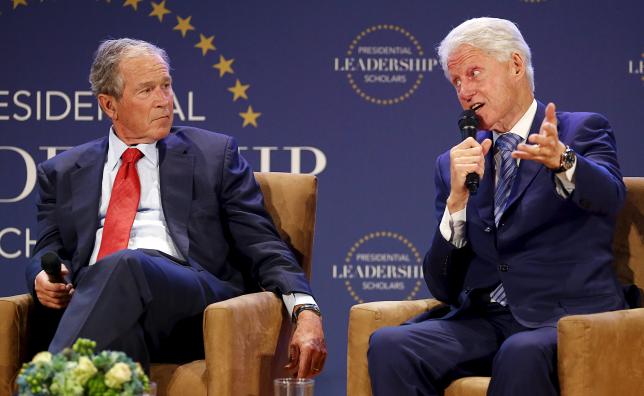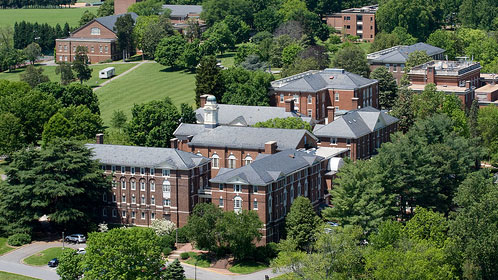Most in higher education understand the complexity of the daily work of college presidents. College presidents must balance internal and external concerns and stakeholders. Recently, the American Council on Education (ACE) released the long-awaited report, American College President Study 2017. The ACE president studies are the most comprehensive available and provide a wealth of insights into the presidency. In my third post in a series on the report (earlier posts considered demographics and the search process), I am going to consider the major findings of the ACE study and the implications for higher education. In today’s post, I will examine the daily work of college president to help provide background on the role of the president.





